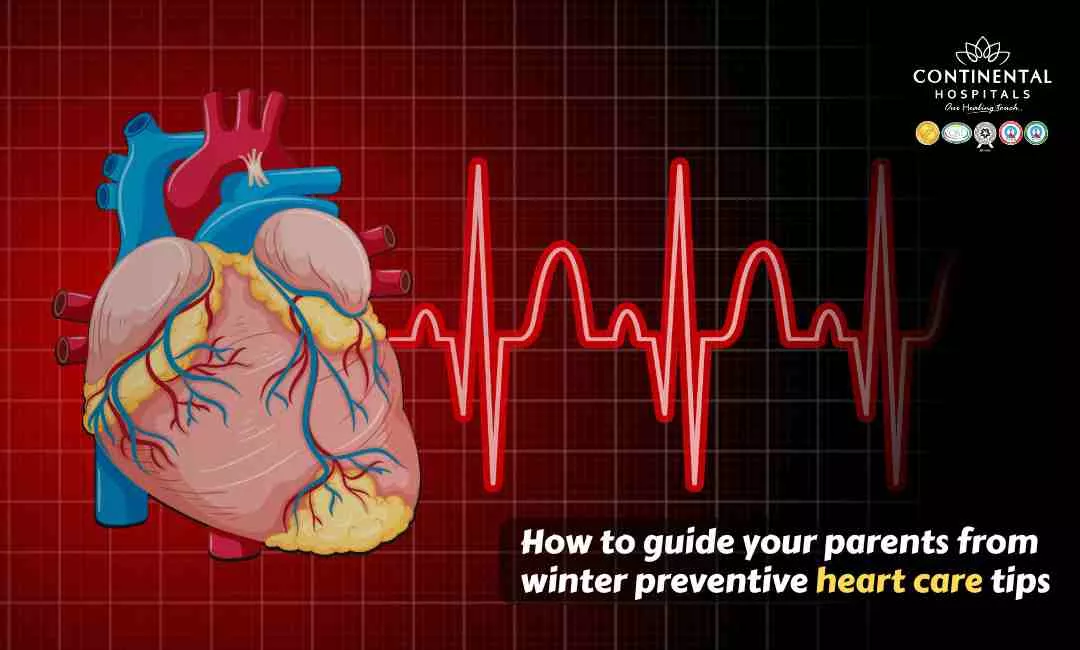Adolescence is a critical time for physical, emotional, and social development. During these years, young people form habits and behaviours that can have lifelong effects on their health and well-being. Schools, where adolescents spend a significant portion of their day, play a pivotal role in shaping these habits. By promoting a healthy lifestyle, providing education, and offering emotional support, schools can be key to improving adolescent health.
The Importance of Schools in Adolescent Health
Schools are more than just places of learning; they are environments where adolescents grow, socialize, and develop. With the right focus, schools can become hubs for promoting physical health, mental well-being, and healthy behaviours. Since students spend at least six hours each day in schools, this environment offers a unique opportunity to influence health decisions.
Physical Health and Nutrition
One of the most pressing health concerns among adolescents is the rise of lifestyle-related diseases, such as obesity and diabetes. Poor eating habits and a lack of physical activity are often to blame. Schools can make a significant impact on these issues by offering nutritious meals, promoting healthy eating habits, and ensuring regular physical activity.
Healthy School Meals: Many schools provide meals to students, especially in communities where families might struggle to afford healthy food. By offering balanced, nutritious meals, schools can ensure that students receive essential vitamins and minerals that contribute to their growth and cognitive development.
Nutrition Education: Schools can teach students about the importance of a balanced diet. Educating adolescents on topics like portion control, the importance of fruits and vegetables, and the risks of processed foods can help them make informed decisions about their diets.
Physical Education: Regular exercise is essential for both physical and mental health. Schools can promote physical activity through physical education classes, sports programs, and active play during recess. Encouraging students to participate in daily exercise helps reduce the risk of obesity and related diseases.
Mental Health and Emotional Well-Being
Adolescence is a time of emotional and psychological growth, but it is also a time when mental health challenges may arise. According to the World Health Organization (WHO), 10–20% of adolescents globally experience mental health disorders. Schools are well-positioned to offer support and early intervention for these issues.
Mental Health Education: Schools can raise awareness about mental health by teaching students to recognize signs of stress, anxiety, and depression. Providing a safe space to discuss these issues helps reduce the stigma surrounding mental health, encouraging students to seek help when needed.
Counselling Services: Having trained counsellors or mental health professionals available on school premises allows students to access support in a confidential and non-judgmental environment. Early intervention in mental health issues can prevent long-term complications.
Social and Emotional Learning (SEL): SEL programs teach students essential life skills such as emotional regulation, empathy, and conflict resolution. By fostering emotional intelligence, schools can help adolescents navigate complex social situations and build healthy relationships, both of which are crucial for mental well-being.
Preventive Health Education
Schools are a powerful platform for educating adolescents about preventive health measures. Information about hygiene, sexual health, substance abuse, and disease prevention can help students make safer, healthier choices.
Sexual Health Education: Comprehensive sexual health education helps students understand their bodies and the importance of safe sexual practices. This type of education can reduce the risk of unintended pregnancies and sexually transmitted infections (STIs) among adolescents.
Substance Abuse Awareness: Adolescence is often the time when individuals experiment with substances like tobacco, alcohol, and drugs. Schools can play a critical role in educating students about the risks of substance abuse and providing resources for prevention.
Hygiene and Disease Prevention: Teaching students about basic hygiene practices, such as handwashing and proper sanitation, can reduce the spread of infectious diseases. In the post-pandemic world, this education has become more important than ever.
Addressing Health Disparities
Schools are uniquely positioned to address health disparities, particularly in low-income or underserved communities. In these areas, students may have limited access to healthcare, nutritious food, or safe places to exercise. Schools can act as a bridge by providing health screenings, vaccinations, and referrals to healthcare providers.
School-Based Health Centers (SBHCs): SBHCs offer a range of services, from physical check-ups to mental health counselling. By providing healthcare directly on school grounds, SBHCs ensure that students have easy access to medical care, regardless of their socioeconomic status.
Health Education for Underserved Students: Schools in underserved areas can also focus on providing health education tailored to the needs of their students. For example, in communities with high rates of substance abuse or teenage pregnancies, schools can develop specific programs to address these issues.
Encouraging Healthy Habits for Life
The habits formed during adolescence often carry into adulthood. Schools have the power to instill healthy behaviours that students can maintain throughout their lives. By creating an environment that promotes health and wellness, schools contribute to the development of healthier adults.
Role Modeling: Teachers and staff can serve as role models by adopting and demonstrating healthy behaviours. Whether it's choosing nutritious snacks or participating in physical activity, students are more likely to follow positive examples set by their educators.
Involving Families: Schools can also engage families in health initiatives. Parent workshops on nutrition, exercise, and mental health can help create a supportive environment at home, reinforcing the healthy behaviours learned at school.
Extracurricular Activities: Encouraging students to participate in extracurricular activities, such as sports teams, dance clubs, or gardening, promotes physical activity, social interaction, and emotional growth. These activities provide a sense of belonging and can reduce stress and anxiety.
Conclusion: Schools as Health Hubs
Schools are more than just educational institutions—they are key players in promoting adolescent health. By providing nutritious meals, teaching about healthy living, supporting mental health, and addressing health disparities, schools can significantly improve the well-being of adolescents. When schools take an active role in promoting health, they empower young people to develop habits that will benefit them for a lifetime.
Related Blog Articles:
.webp)














